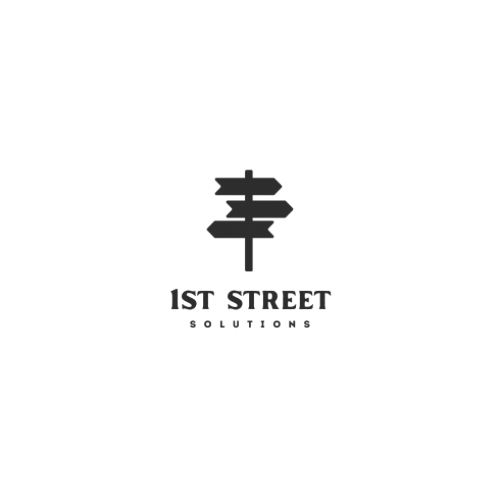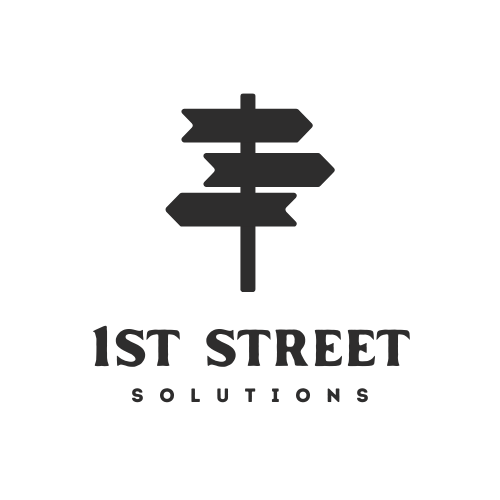In today’s fast-paced manufacturing and packaging industries, efficiency and precision are paramount. The Batch Coding Machine stands as a revolutionary tool in product labeling, offering enhanced productivity and ensuring compliance with industry standards. Whether you are in pharmaceuticals, food and beverage, or consumer goods, understanding the functionality, features, and applications of this machine can provide your business with a significant edge.
What is a Batch Coding Machine?
A Batch Coding Machine is a specialized device used to print important details such as batch numbers, manufacturing dates, expiry dates, and product codes on packaging materials. These machines are widely used in industries that require product traceability and adherence to regulatory guidelines. With advanced technology, they enable high-speed, accurate printing, reducing errors and increasing operational efficiency.
Why Batch Coding is Essential
Batch coding plays a critical role in ensuring product safety, quality control, and traceability. By using a Batch Coding Machine, companies can:
- Comply with regulatory requirements.
- Prevent counterfeit products in the supply chain.
- Improve customer trust through transparent labeling.
- Enable easy product recall in case of defects.
Types of Batch Coding Machines
1. Inkjet Batch Coding Machines
Inkjet coding machines are among the most commonly used devices for batch coding. They utilize non-contact printing technology, making them ideal for irregular surfaces. These machines are known for their versatility and can print on materials like plastics, glass, metals, and cardboard.
Advantages of Inkjet Batch Coding Machines
- High-speed printing.
- Easy integration into existing production lines.
- Low maintenance and operating costs.
2. Laser Batch Coding Machines
Laser coding machines use laser beams to mark details on the packaging surface. This method is eco-friendly and offers permanent, tamper-proof coding.
Advantages of Laser Batch Coding Machines
- High durability of printed codes.
- No requirement for consumables like ink or ribbons.
- Suitable for high-volume production.
3. Thermal Transfer Overprinting (TTO) Machines
TTO machines use a heated printhead to transfer ink from a ribbon onto packaging materials. These machines are perfect for flexible packaging and provide precise, clear coding.
Advantages of TTO Machines
- Excellent print quality.
- Reliable for high-resolution graphics and barcodes.
- Cost-effective for medium and large-scale production.
4. Hot Stamp Coding Machines
Hot stamp coding machines work by pressing a heated die onto an inked ribbon to transfer the code onto the product surface. These are ideal for smaller-scale operations.
Advantages of Hot Stamp Coding Machines
- Simple operation.
- Affordable for small businesses.
- Robust and reliable performance.
Key Features of Batch Coding Machines
When selecting a Batch Coding Machine, consider the following features to ensure it meets your business needs:
- Printing Speed: Choose a machine that matches your production line speed to avoid bottlenecks.
- Print Quality: Ensure the machine offers high-resolution printing for clear and legible codes.
- Versatility: Look for devices that can print on various materials and surfaces.
- Ease of Use: Machines with user-friendly interfaces and minimal maintenance requirements are ideal.
- Durability: Opt for machines built with robust materials to withstand industrial environments.
- Integration Capabilities: Ensure the machine seamlessly integrates into your existing production setup.
Applications of Batch Coding Machines
Batch coding machines have versatile applications across multiple industries, including:
1. Pharmaceutical Industry
Pharmaceutical companies rely on batch coding machines to print vital details like batch numbers, manufacturing dates, and expiry dates on medicine packaging. This ensures compliance with strict regulatory standards and enhances patient safety.
2. Food and Beverage Industry
Batch coding is essential for food and beverage manufacturers to display expiration dates, batch numbers, and product identification codes. This helps in maintaining product traceability and ensuring customer trust.
3. Cosmetics Industry
Cosmetic manufacturers use batch coding machines to label product containers with manufacturing dates and batch numbers, ensuring quality and transparency.
4. Consumer Goods
In the consumer goods sector, batch coding machines help in printing barcodes, serial numbers, and other details on packaging, enabling efficient inventory management and product tracking.
How to Choose the Right Batch Coding Machine
Selecting the right Batch Coding Machine for your business can significantly impact your production efficiency. Here are some factors to consider:
- Production Volume: Assess your daily production volume to determine the required speed and capacity of the machine.
- Material Compatibility: Ensure the machine can handle the types of materials used in your packaging.
- Budget: Choose a machine that fits your budget while offering the desired features and quality.
- Maintenance Requirements: Opt for machines with minimal maintenance needs to reduce downtime and costs.
- After-Sales Support: Look for suppliers who offer excellent customer support and training.
Maintenance Tips for Batch Coding Machines
Proper maintenance of your Batch Coding Machine is crucial for its longevity and performance. Follow these tips to keep your machine in optimal condition:
- Regular Cleaning: Clean the machine’s printheads and other components to prevent ink buildup.
- Use Quality Consumables: Always use high-quality inks, ribbons, and other consumables recommended by the manufacturer.
- Perform Routine Inspections: Regularly check for wear and tear on critical components to prevent unexpected breakdowns.
- Follow Manufacturer Guidelines: Adhere to the maintenance instructions provided in the user manual.
Future Trends in Batch Coding Technology
The evolution of batch coding technology continues to drive efficiency and innovation. Emerging trends include:
- Integration with IoT and Automation: Smart batch coding machines that integrate with IoT systems for real-time monitoring and control.
- Eco-Friendly Solutions: Increased adoption of sustainable coding methods, such as laser coding, to reduce environmental impact.
- Enhanced Data Management: Advanced batch coding systems with cloud-based data storage for improved traceability and analytics.
Conclusion
The Batch Coding Machine is an indispensable tool for modern industries, offering precision, efficiency, and compliance with regulatory standards. By understanding the various types, features, and applications of these machines, businesses can make informed decisions to enhance their operations.



